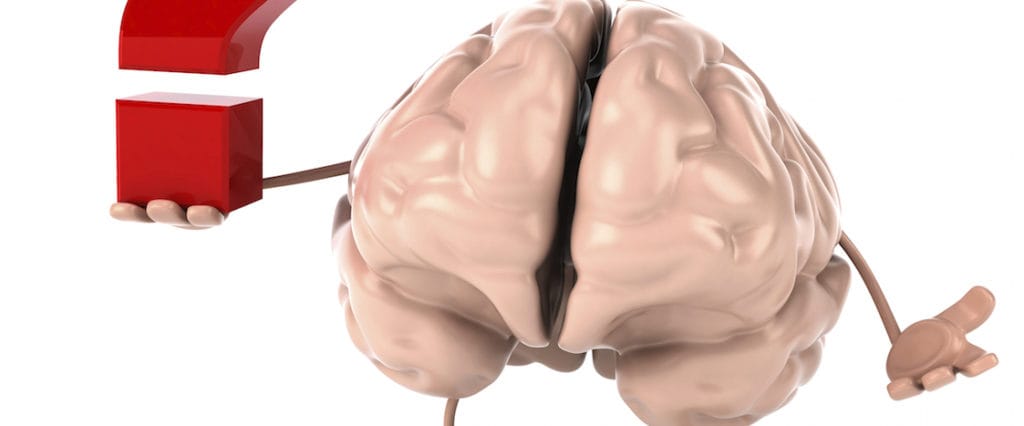New findings from a team of German and Chinese researchers point to a connection between a person’s drug addiction risks and the size or volume of specific structures inside the brain. Over the years, researchers have identified a broad range of genetic and environmental factors that can increase or decrease the odds of developing an addiction to drugs or alcohol. In a study published in May 2015 in Brain: A Journal of Neurology, researchers from five German institutions and two Chinese institutions looked at the influence that the size of certain brain areas has on the chances of developing an addiction to amphetamine or amphetamine-related substances. The researchers identified substantially increased addiction risks in people with below-average brain volume in these areas.
Brain Volume
As a child grows over time, his or her brain size gradually increases as it gains more and more functional capacity. Current evidence indicates that the brain reaches its full functional state and maximum volume or size by the time a person reaches his or her mid-20s. Crucially, the last parts of the brain to fully develop control higher-level mental functions such as the ability to think logically, the ability to process strong emotions, the ability to use past events as a guide for future actions and the ability to limit involvement in overly impulsive behavior. As a rule, men have slightly bigger brains than women. However, women have a greater proportion of brain volume dedicated to grey matter (the nerves or neurons that form the brain’s active control network). Men and women have roughly equal amounts of another form of brain material, called white matter, which supports the activities of grey matter. There is no direct correlation between brain volume and intelligence. However, research and doctors’ clinical experience shows that a lack of normal volume can seriously impair the brain’s functional capacity. Health problems linked to decreased volume in specific brain areas include schizophrenia and Alzheimer’s disease and other forms of dementia.
The Brain and Addiction
Addiction to drugs or alcohol directly affects a brain region called the pleasure center by altering long-term production of and response to a key chemical called dopamine, which the brain relies on to trigger rewarding sensations. Altered dopamine output and processing in the pleasure center of an addiction-affected individual is the chief underlying cause of physical dependence, a condition characterized by an ongoing need to consume more of the substance in question (typically in excessive amounts). In addition to altering normal brain function, addiction can lead to alteration of the size or shape of the brain. For these and other reasons, experts in the field commonly classify addiction as a chronic brain disease.
Brain Size and Addiction Risks
In the study published in Brain: A Journal of Neurology, researchers from two Chinese universities and German institutions including the University of Bonn, the University of Cologne and the Max-Planck Institute for Neurological Research used two small-scale projects involving a total of 66 adults to explore the impact that the size of certain brain structures has on the odds that drug addiction will occur. In both projects, participants were non-habitual consumers of amphetamine or the amphetamine relative MDMA (Ecstasy, Molly) who had engaged in drug use no more than 10 times. In the first project, the researchers made assessments of the brain volume of 38 adults at the beginning of the study, as well as one year later. In the second project, the researchers made the same assessments for 28 adults at the beginning of the study, as well as two years later. The researchers concluded that the study participants experienced a significant decline in brain volume when they continued to use amphetamine or MDMA over time. This finding applies equally to the one-year follow-up group and the two-year follow-up group. Specific areas undergoing a decrease in size included several structures in the pleasure center and a structure inside the seat of higher-level mental function. The study’s authors believe that changes in the size of the indicated brain areas may increase the reward associated with drug use while simultaneously decreasing the ability to make sound judgments and exert behavioral control. For this reason, they also believe that diminished volume in the areas under consideration may contribute to an intensifying pattern of drug use that ultimately results in drug addiction.

